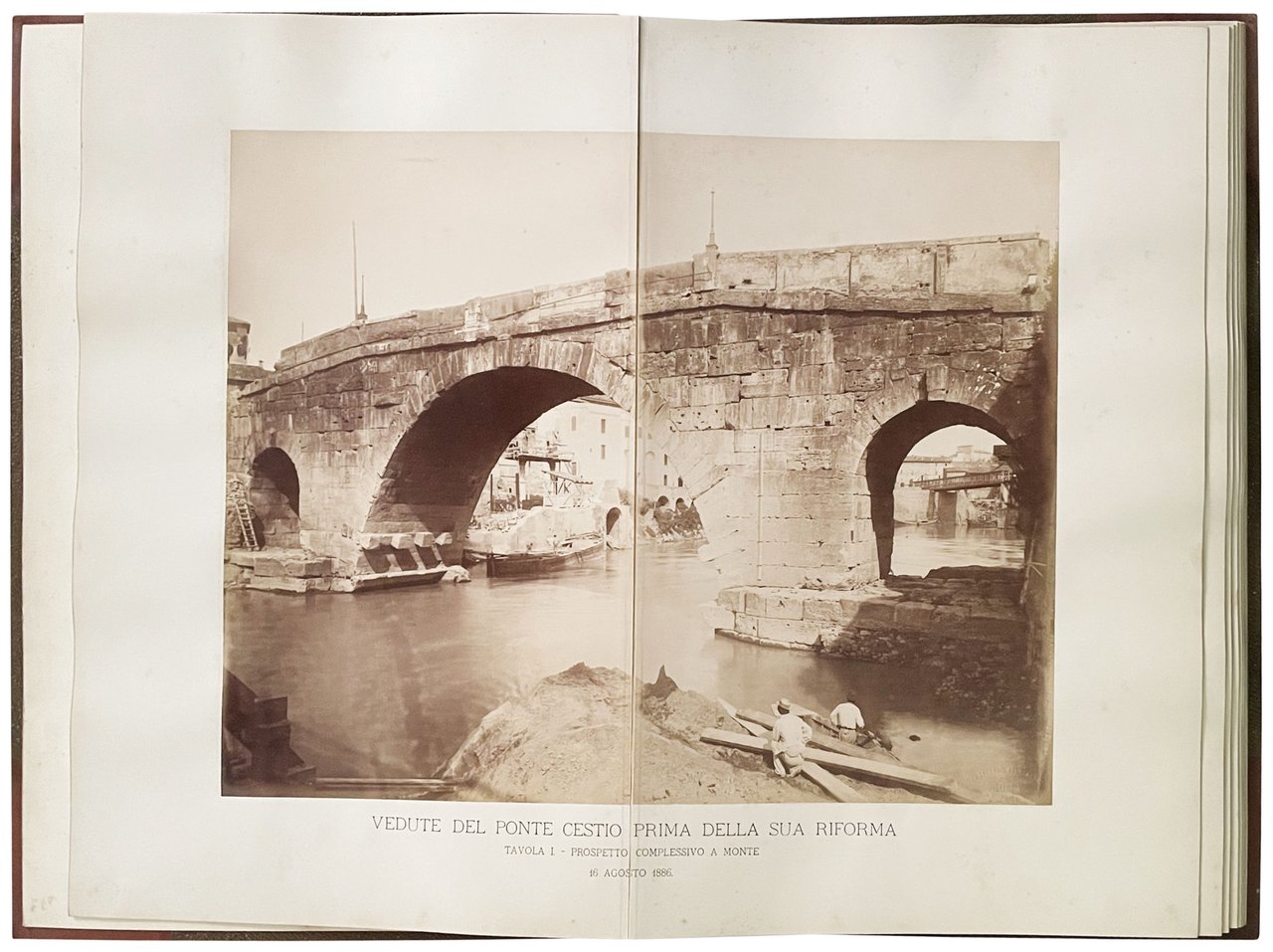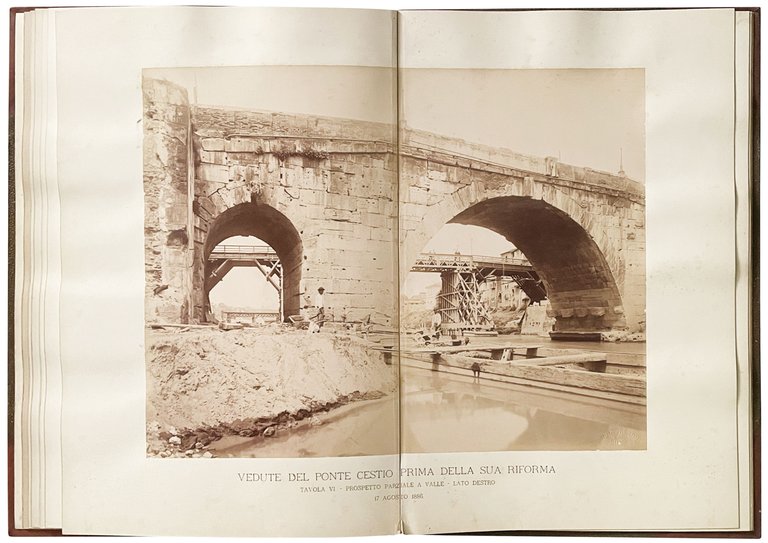



Rare and modern books
FRATELLI D''ALESSANDRI (Antonio D''Alessandri, 1818-1893-Paolo F
Ponte Cestio prima della riforma 16 agosto 1886
Fratelli D''Alessandri, 1886
4900.00 €
Govi Libreria Antiquaria
(Modena, Italy)
The correct shipping costs are calculated once the shipping address is entered during order creation. One or more delivery methods are available at the Seller's own discretion: Standard, Express, Economy, In-store pick-up.
Bookshop shipping conditions:
For items priced over €300, it is possible to request an instalment plan from Maremagnum. Payment can be made with Carta del Docente, Carta della cultura giovani e del merito, Public Administration.
Delivery time is estimated according to the shipping time of the bookshop and the courier. In case of customs detention, delivery delays may occur. Any customs duties are charged to the recipient.
For more infoPayment methods
- PayPal
- Credit card
- Bank transfer
-
-
Find out how to use
your Carta del Docente -
Find out how to use
your Carta della cultura giovani e del merito
Details
Description
Rare and curious photographic work by D'Alessandri on the Roman Ponte Cestio before the reconstruction made at the end of 19th century. The Ponte Cestio is one of the bridges that connects the Tiber Island to the historic Trastevere district and was built symmetrically to the Fabricio bridge. It was one of the roman bridges that were fully public and served essentially urban functions, such as the comings and goings of day-labourers and worshippers or the distribution of the food supply. Also known as the Pons Aurelius, the Pons Gratiani, the Ponte San Bartolomeo (for the church of the same name on Tiber Island) or the Ponte Ferrato (‘iron bridge', because of the heavy metal clamps), its construction is generally attributed to Lucius Cestius, who took over the government of Rome in 46 BC (even if there are many different hypotheses about who had commissioned the architectural work).
The structure, almost certainly made of stone, was originally 48.50 metres long and had only one large arch flanked by two smaller ones, as shown in some of Piranesi and Rossini's engravings or in the present photographs of the Ponte Cestio prima della riforma. Over the years it has undergone numerous restorations due to the constant damage caused by the violent currents of the river at this point. In 370 AD the bridge was rebuilt by the emperors Valentinian I, Valens and Gratian and the entire structure was covered with travertine. Then, during the French invasion of 1849, the bridge was badly damaged. However, it retained its original appearance until 1889, when the construction of the new Tiber embankments and the realisation of the Canevari project made necessary the river widening on the right bank of the Tiber by up to 70 metres. The structure was therefore demolished and its stone dismantled, even if they then were partially recovered and reused in the new construction completed in 1892. In its current state, restored for the Jubilee of 2000, the bridge has three large arches with a total length of 80.40 metres.
The ‘Fratelli D'Alessandri' studio was owned by Don Antonio D'Alessandri and his brother Paolo Francesco. It was one of the most successful photography studios in Italy in the 19th century and played an important role in the history of Italian photography. According to Silvio Negro, their studio was the first professional studio to be opened in Rome, and for this reason Don Antonio, as a Catholic priest, had to apply for a special dispensation from the ecclesiastical authority in order to be able to freely practise his profession as a photographer. Don Antonio's ecclesiastical status, together with his undoubted technical and artistic talent, contributed to the success of the studio. The D'Alessandri were renowned for their wet collodion technique and worked mainly with clients from the Roman nobility and high prelates of the Vatican. For these reasons, in 1858, they received the exclusive commission to photograph Pius IX in numerous portraits and group poses with his most trusted collaborators. But it was only with the 1952 exhibition of Roman photography, curated by Silvio Negro (an Italian journalist and essayist), that their work became universally known and their central role in preserving Rome's historical memory became clear. As demonstrated by the photographs of the Ponte Cestio, one of the few sources of evidence of the original appearance of the bridge. After the death of the founders, the work of the studio continued for several years, until 1930, by Tito and Renato, the son and grandson of Paolo Francesco.
E.V. Steinby, LTUR

